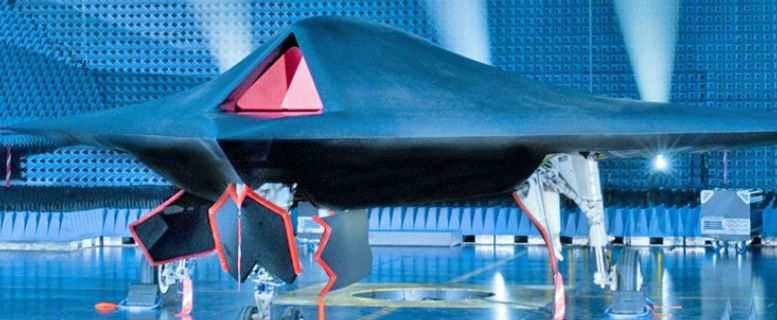BAE collaboration with QUEST
Posted on 2014-06-05 15:46:00
The collaboration between QMUL and BAE Systems investigating the use of spatial transformations to create lenses has attracted comment and interest online over recent weeks. For example, comparisons have been made between this work and Kymeta's satellite antennas: "the BAE Systems design is quite different from the Kymeta antenna. BAE Systems claims wide bandwidth for its design, while the Kymeta antennas offer electronically steering the antenna with reduced bandwidth." Of course, a lens-based antenna can still be steerable or switchable, to cover wide fields of view, in a similar way to electronically-steered phased arrays, such as the Kymeta antenna.
In a press release, BAE described the general research involved and highlighted the potential to create a lens that has a physical shape matching the aerodynamic requirements of a wing's leading edge, whilst retaining the electromagetic properties associated with a curved lens of a different shape.
As mentioned above, the operating bandwidth of the lenses created with the nano-composite dielectric materials is relatively broad, whereas metamaterial-based designs are generally narrow band.
In addition, as reported by The Engineer, there are other potential advantages:
" ‘The advantage the technology has is not just different shapes but also things like size and miniaturisation,’ research leader Dr Sajad Haq from BAE’s Advanced Technology Centre told The Engineer.
‘In the past you may have had several antennas operating at different frequencies. [With the new technology] you may be able to replace multiple antennas with a single one.’ "
The technique can also be applied to body-worn antennas.

Image credits: above - BAE Systems; UAV (header) - Kyle Maxey/Engineering.com


